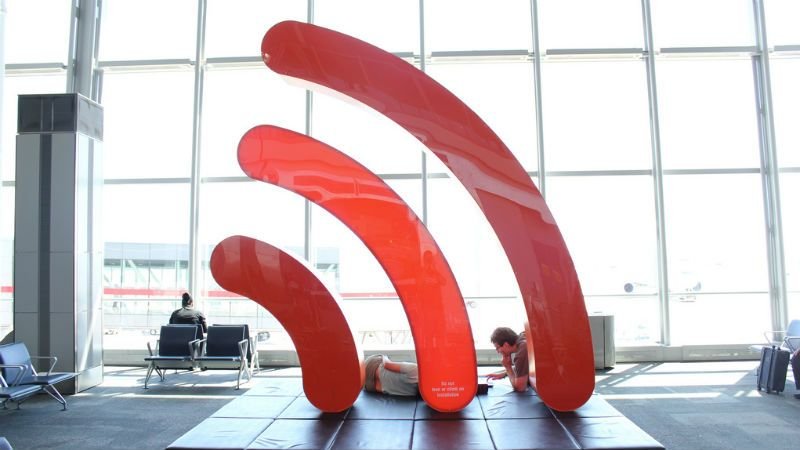Wi-Fi 8 won’t be faster, but will be better – more details emerge just hours after Wi-Fi 7 protocols are officially ratified
- Wi-Fi 8 plans to fix edge-of-coverage dropouts where extenders usually fail to keep things running smoothly
- Wi-Fi 7 maxes out throughput while Wi-Fi 8 makes sure it works everywhere, every time
- Wi-Fi 8 to introduce Single Mobility Domains so devices roam between access points without getting interrupted
Only hours after the official ratification of Wi-Fi 7, early details of its successor, Wi-Fi 8, are already making waves.
A release from Qualcomm noted Wi-Fi 8 isn’t promising faster peak speeds; instead, it focuses on improving stability, cutting latency, and ensuring smoother performance in environments with many connected devices.
Where Wi-Fi 7 emphasized raw throughput and bandwidth gains, Wi-Fi 8 is being designed to sustain those benefits under pressure, ensuring consistent delivery even in crowded or interference-prone settings.
Rethinking the role of Wi-Fi
Two core trends are shaping the direction of Wi-Fi 8. First is the growing ecosystem of personal devices such as AR glasses and next-gen health monitors, which demand seamless and low-latency connections to nearby companion devices.
Second is the rise of AI-powered systems that depend on fast, reliable access to edge or cloud-based intelligence.
Together, these trends are pushing local networks, including your Wi-Fi router or even a mobile 5G router, into territory they weren’t originally designed for.
Wi-Fi 8 is being framed as the foundational layer of connectivity that will underpin these increasingly dynamic and latency-sensitive systems.
And unlike a basic Wi-Fi extender that simply expands signal reach, the new standard rethinks how access points work together, how devices roam, and how signal quality is preserved at the edge of coverage zones.
What gives Wi-Fi 8 its edge is the ongoing development of the 802.11bn standard.
Several core features aim to make Wi-Fi more reliable in the real world, not just in ideal lab conditions.
One of the key innovations is “Single Mobility Domains,” which allow devices to move across multiple access points without experiencing disruptions, something particularly beneficial in environments like airports, hospitals, or multi-floor offices.
Another major improvement is performance at the edge, the outer limits of a signal’s reach.
Current setups, even with a Wi-Fi extender, often suffer drops and delays in these areas – Wi-Fi 8 introduces physical layer updates meant to improve consistency without relying on brute-force signal strength.
Multi-access point coordination is another shift, and this is ideal for large venues or dense urban housing – as rather than each unit operating in isolation, Wi-Fi 8 envisions coordinated networks that intelligently share airtime and avoid overlap.
On-device coexistence, especially where radios like Bluetooth or ultra-wideband compete for antenna space, is also receiving attention.
Wi-Fi 8, expected to be finalized by 2028, reflects a deeper rethink of what modern connectivity actually requires.
The push isn’t for headline-grabbing throughput figures but for a wireless experience that performs like wired infrastructure.
You might also like
- Check out our pick of the best secure routers on offer
- Here are the best mobile workstations around today
- We’ve also listed the best monitors for every budget and resolution

















Add comment